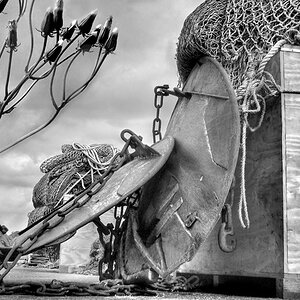alykatcreative
TPF Noob!
- Joined
- Aug 18, 2014
- Messages
- 5
- Reaction score
- 1
- Location
- pembroke pines, florida
- Can others edit my Photos
- Photos NOT OK to edit
so for quite some time now i've been basically drooling over some of the amazing long exposure photos that can be found all over the internet. shots of amazing cityscapes in focus with the blur of car lights on the street, or people crossing the street, all of that awesomeness. I've attempted it a few times but really just can't seem to fully understand how to go about it and get it right. would any one be willing to help break it down for me and better understand how to go about it? I would really appreciate it!





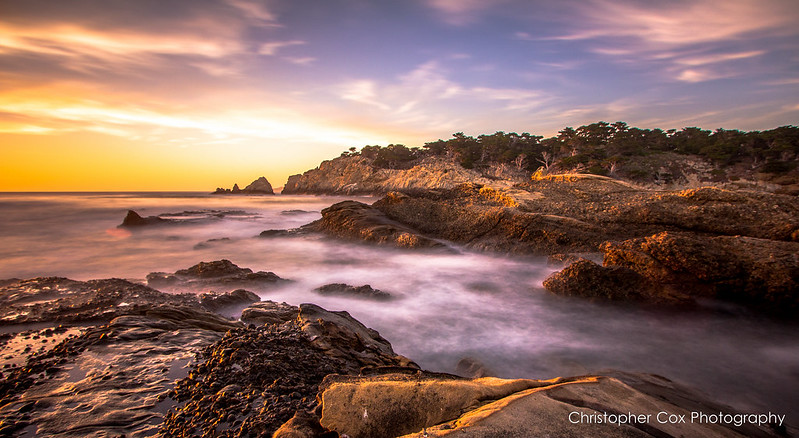




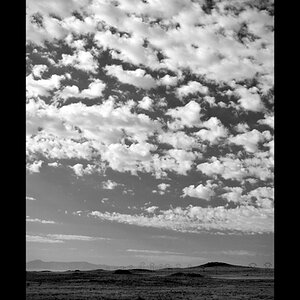
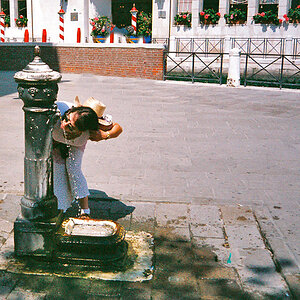

![[No title]](/data/xfmg/thumbnail/37/37125-c083e505c2e7d8f15f717a96de782959.jpg?1619737883)
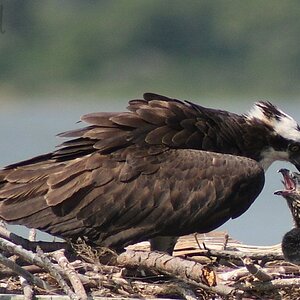
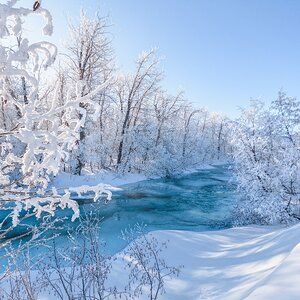
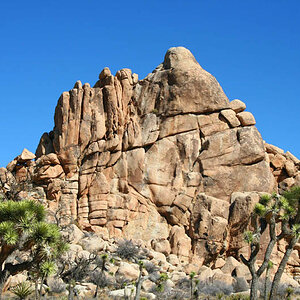
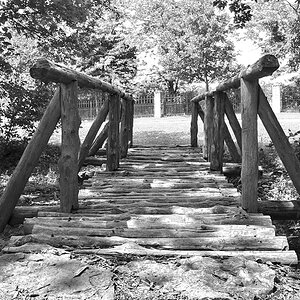
![[No title]](/data/xfmg/thumbnail/32/32942-4440dd4ca2ff307a5d19277feedf1d94.jpg?1619735774)
![[No title]](/data/xfmg/thumbnail/32/32939-0b23ff8a791c06732705126fb26845ea.jpg?1619735771)
